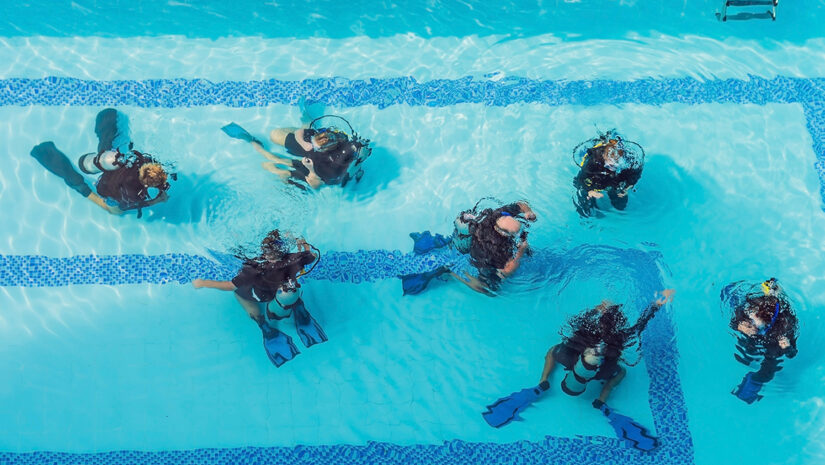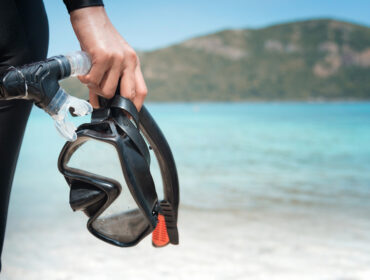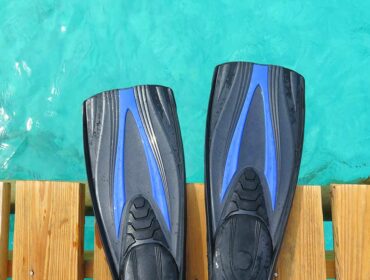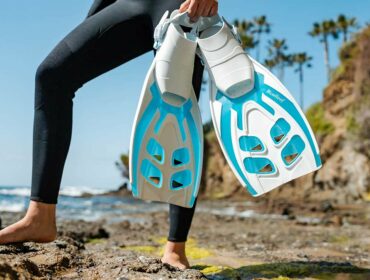If you’ve just decided to try snorkeling, congratulations! You’re on your way to discovering a new world that can only be seen underwater. But before going to the open sea, first-time snorkelers need to be comfortable with their latest gear, which means fit and function. Fortunately, the list of things to learn isn’t too long. And with some snorkeling 101, you’ll be cruising the reefs quickly!
Snorkeling Gear breakdown
The first piece of equipment you’ll become familiar with is the snorkel. A snorkel is a curved tube that allows you to breathe air from the surface while your head is submerged in water. However, this air source is not continuous, as it will only be available if the top of the snorkel stays above the surface. If water enters your snorkel, a sharp blast of air into the tube will flush it right out. Some snorkels are even designed to keep water from coming in at all.
You’ll next need to become comfortable with wearing a dive mask. A dive mask differs from swim goggles in completely covering your nose and eyes. This allows you to breathe only through your mouth. At times, your mask may allow water to seep in. This can be a complex issue for new snorkelers to overcome because it hinders visibility and can cause some to feel panic. Many snorkel masks come with a built-in valve that allows water out but does not allow water in to assist in clearing the mask of any trapped water.
The proper way to clear a mask is to surface and pull it out on the front of the mask, allowing water to drain out of the bottom. If your mask begins to fog while diving, letting a small amount of water into the mask while facing down so the water washes over the mask will clear the fog. You can prevent fogging altogether. We’re serious here. Spit in your mask and rub it all over the inside of the lens before you rinse it out. Believe it or not, saliva is a natural defogger, so don’t be squeamish if you really want to see what’s going on down there!
Practice breathing in the shallows
Practicing in shallow water will help you become comfortable using a snorkel, mask, and fins before getting into increased depths. Your fins are not so you can make bigger splashes. Your fins assist in movement and help keep you level while you snorkel. When you start getting the hang of it and feel ready to descend, exhale slightly to make yourself less buoyant, as it’s rather complicated to sink when your lungs are full of air. Breathing out some of the air allows your body to sink enough to dip just below the surface, where the view of the underwater world is much better.
If your leg muscles cramp, flip onto your back and tread water at the surface. This inverted leg motion will be more straightforward, allowing the muscles to relax and loosen up naturally. One of the most critical keys to snorkeling and diving is maintaining your composure while in the moment. Be aware of others around you, don’t attempt to touch any marine life, and follow safe practices. You’ll be a snorkeling ace in any location.
I hope this snorkeling 101 entry helped you out! Remember, have fun, and don’t give up. We believe in you!





